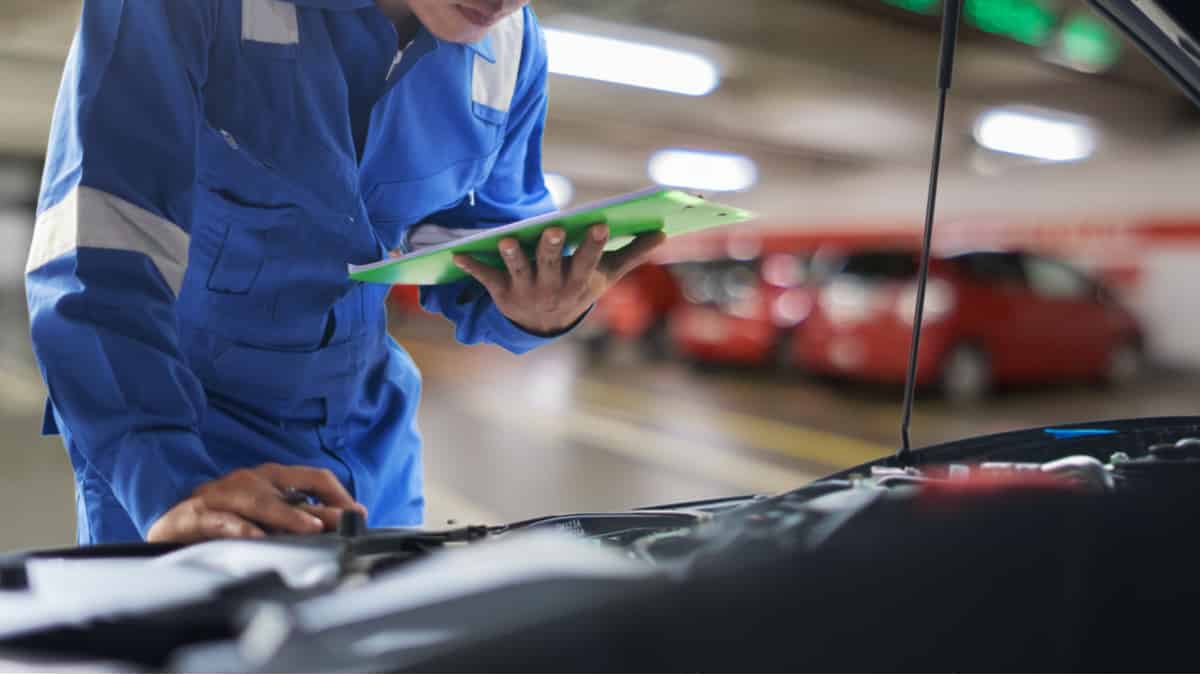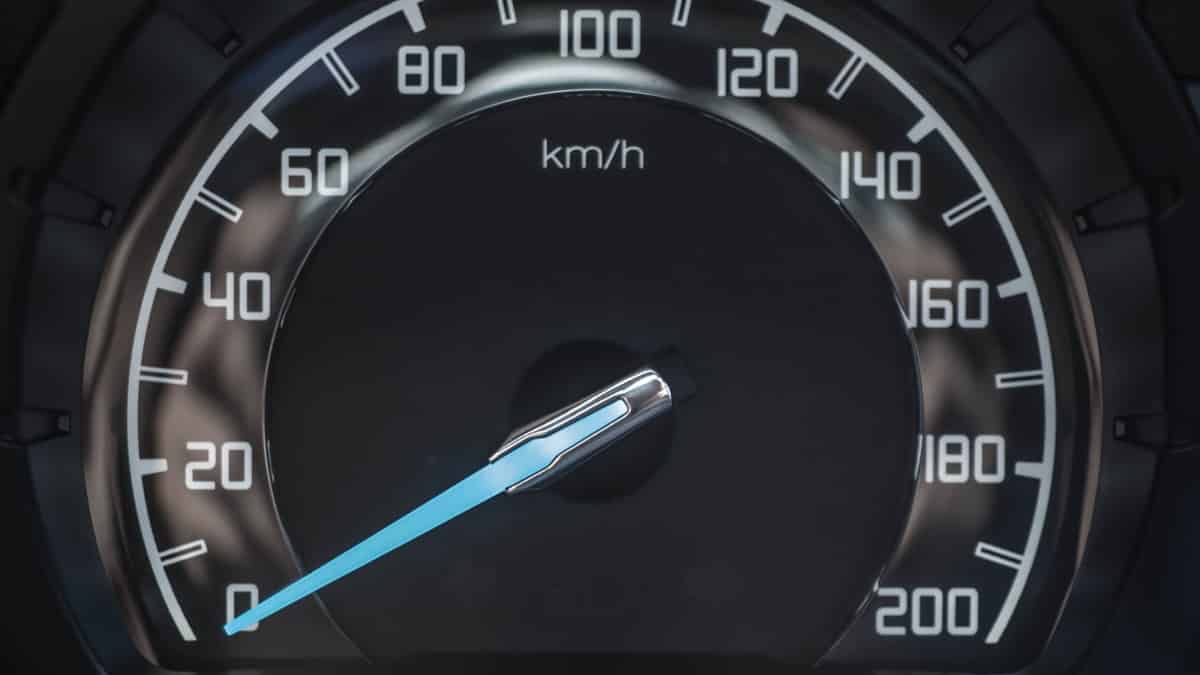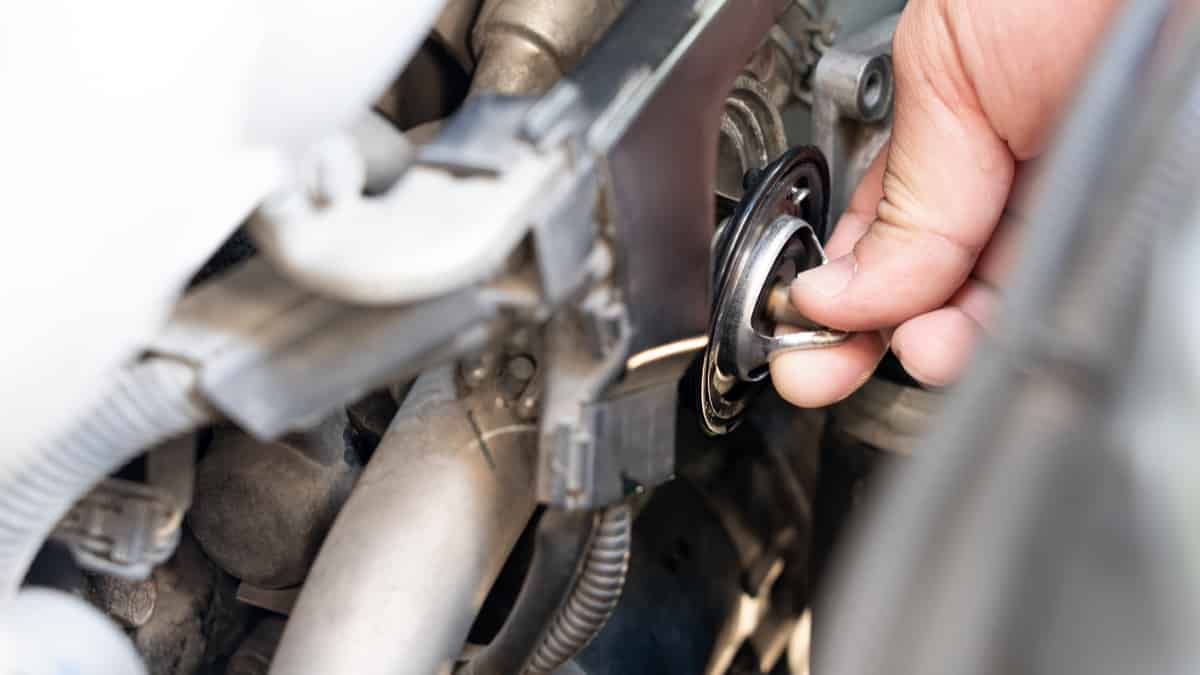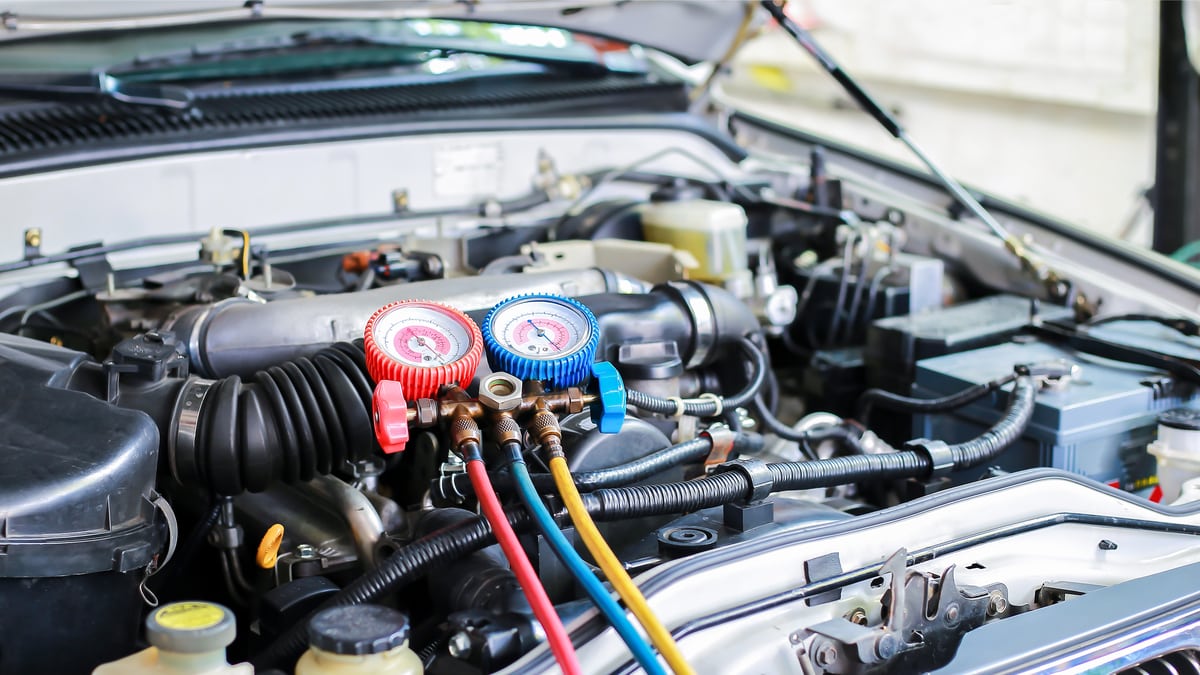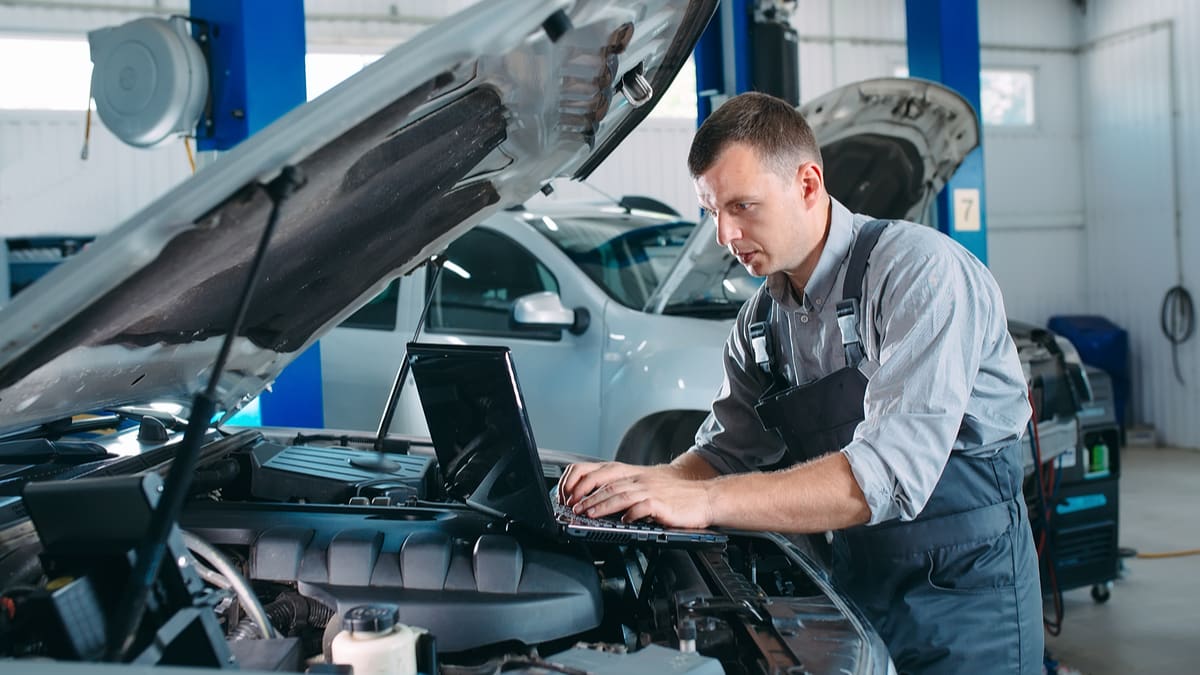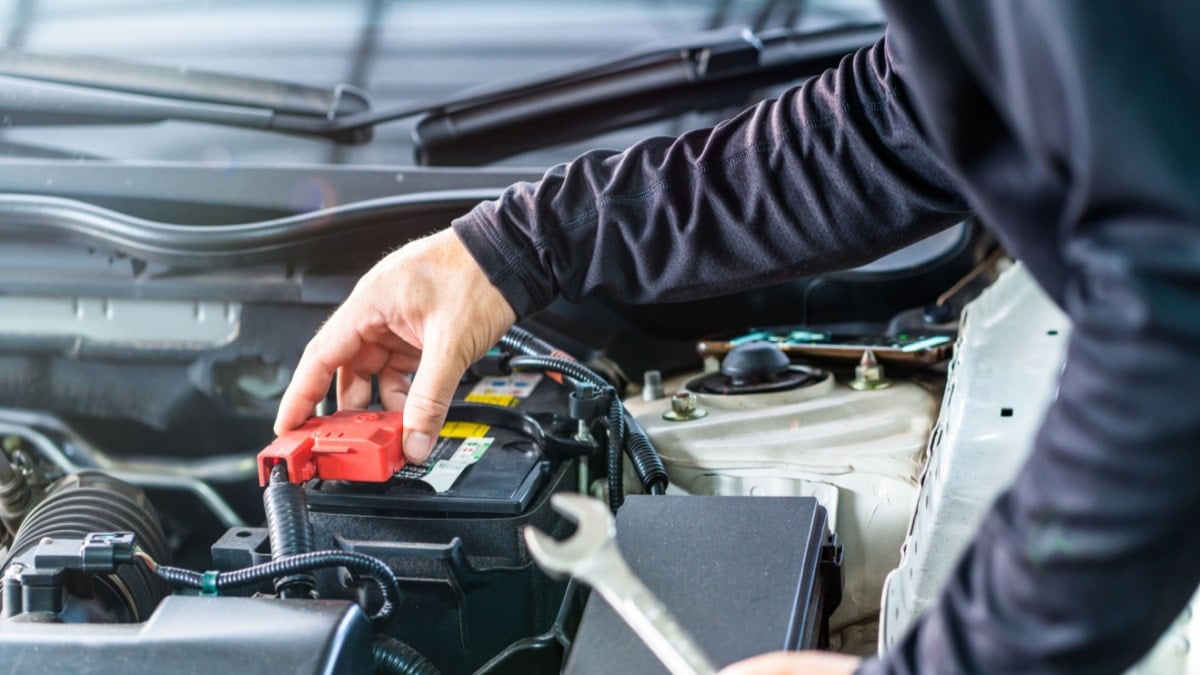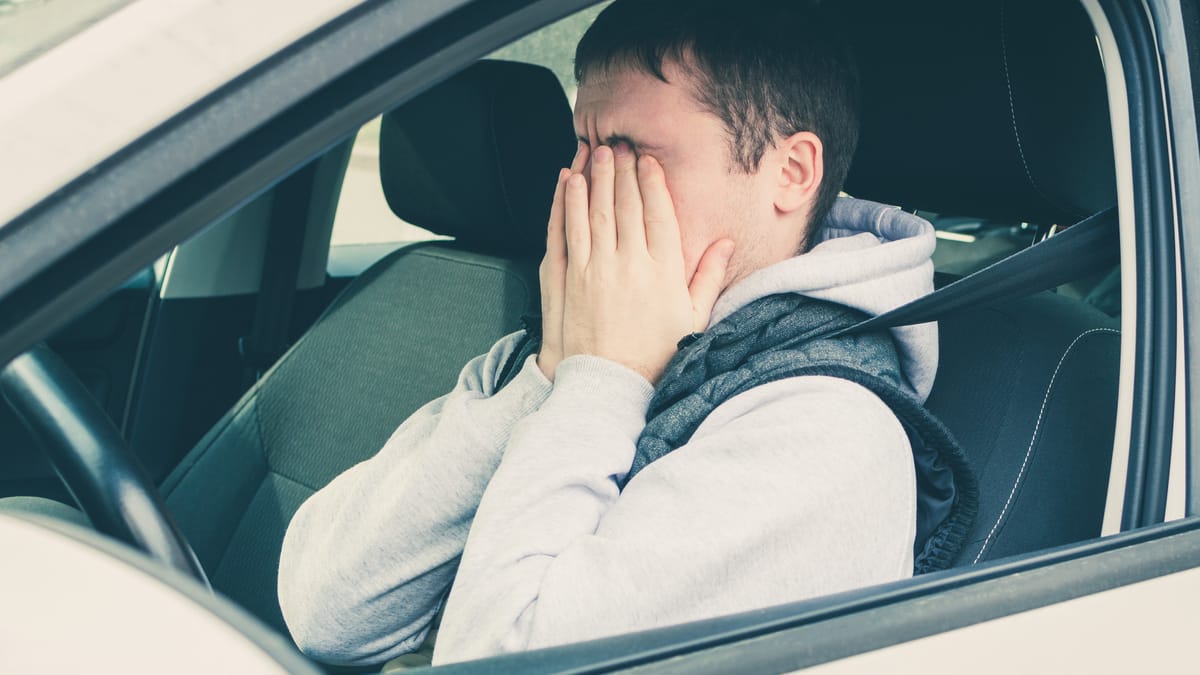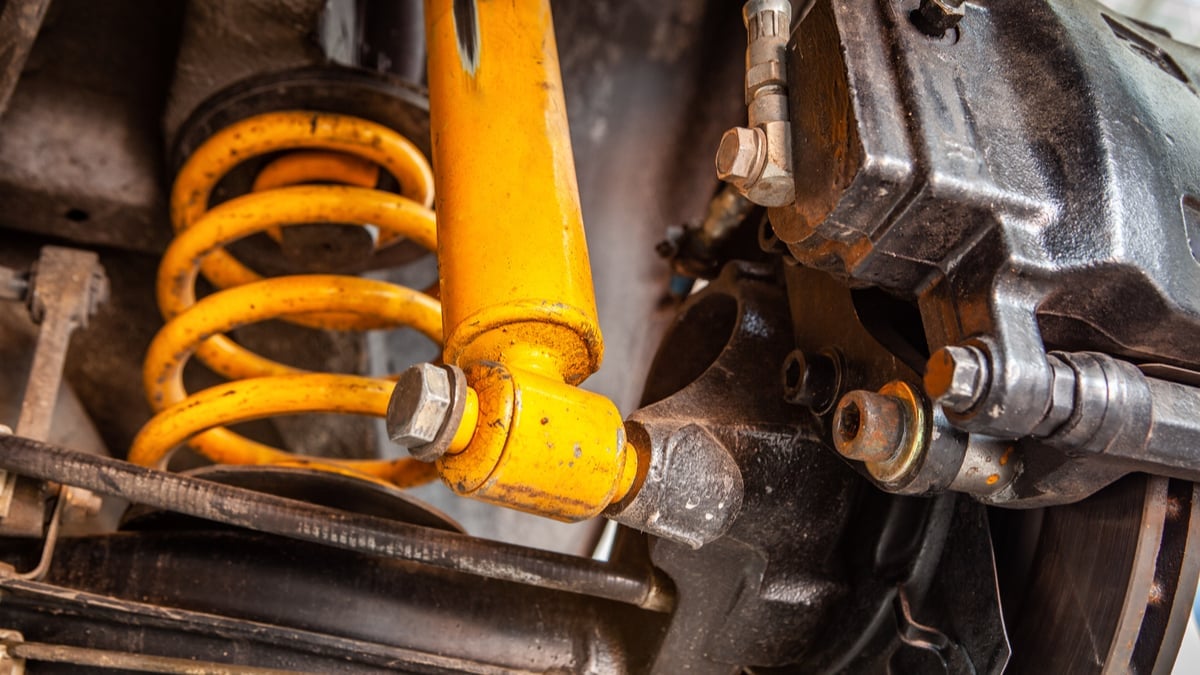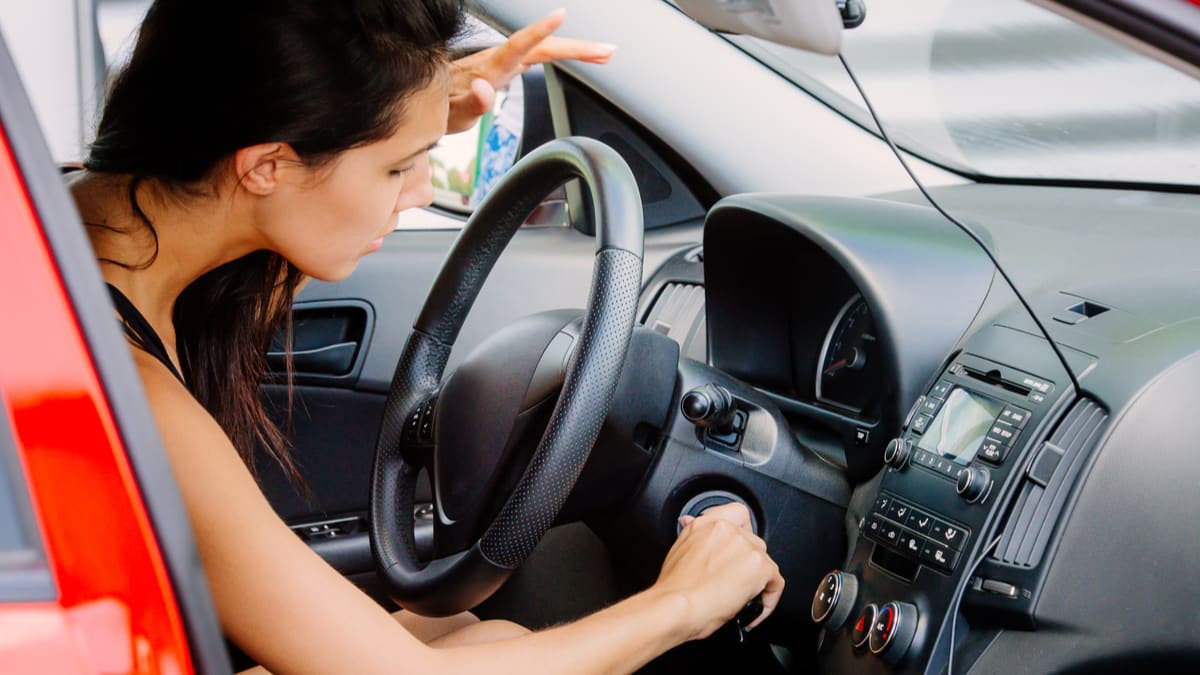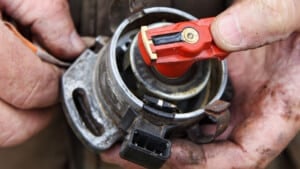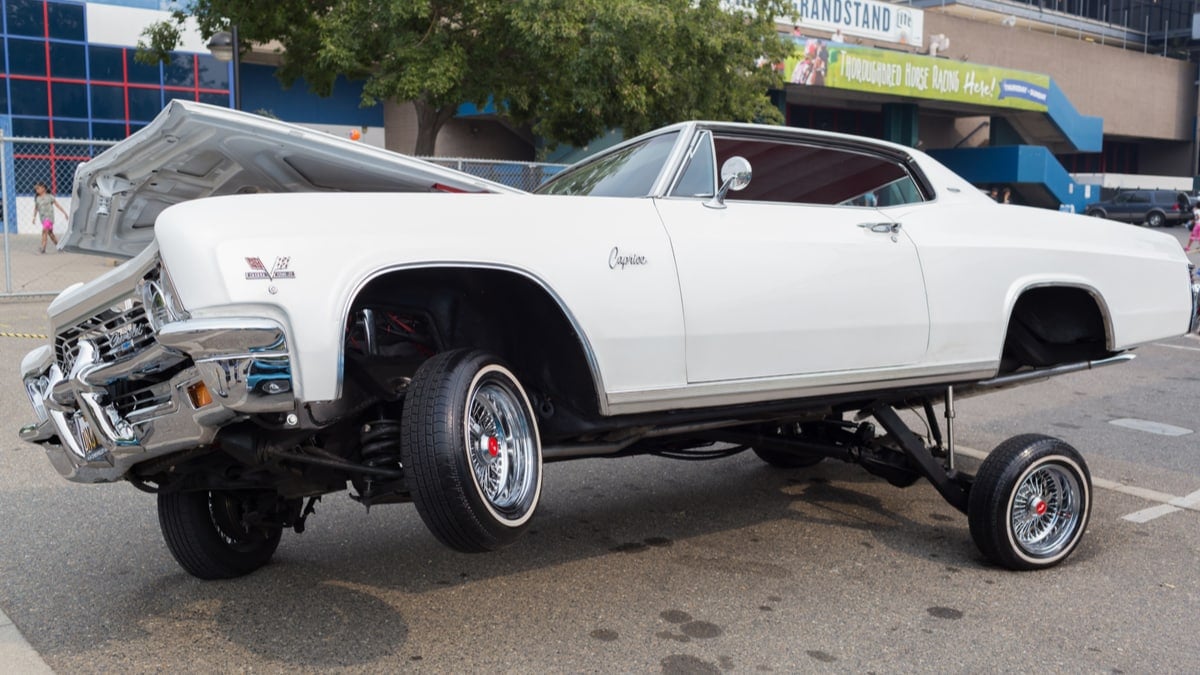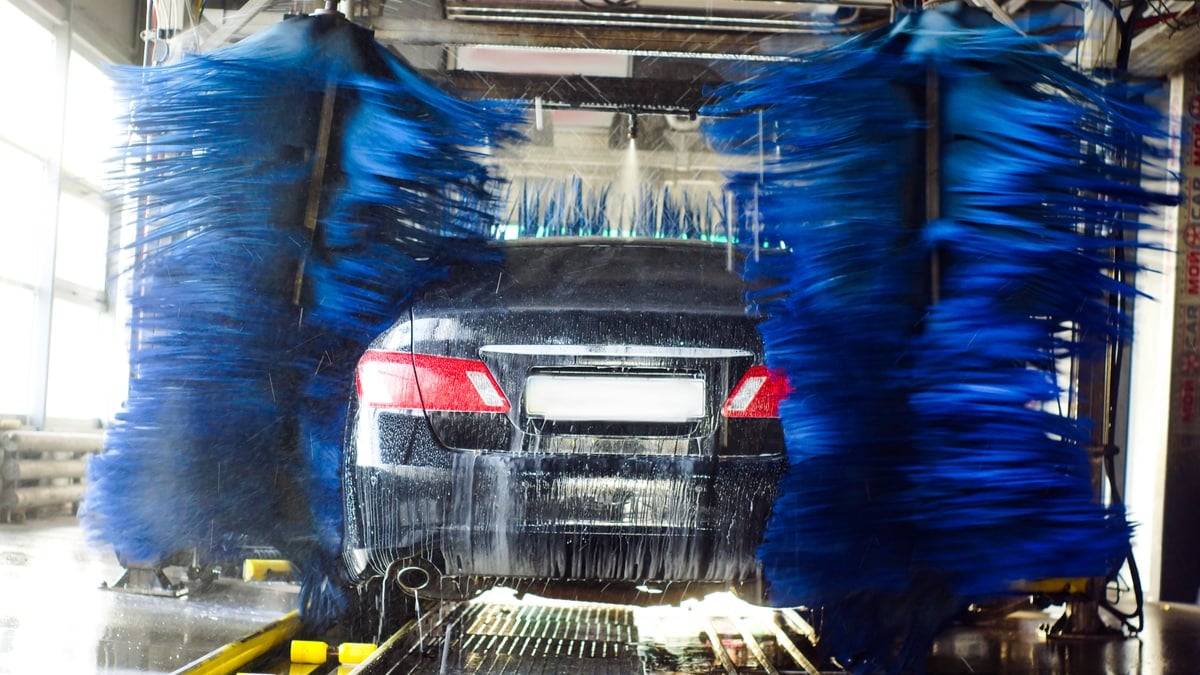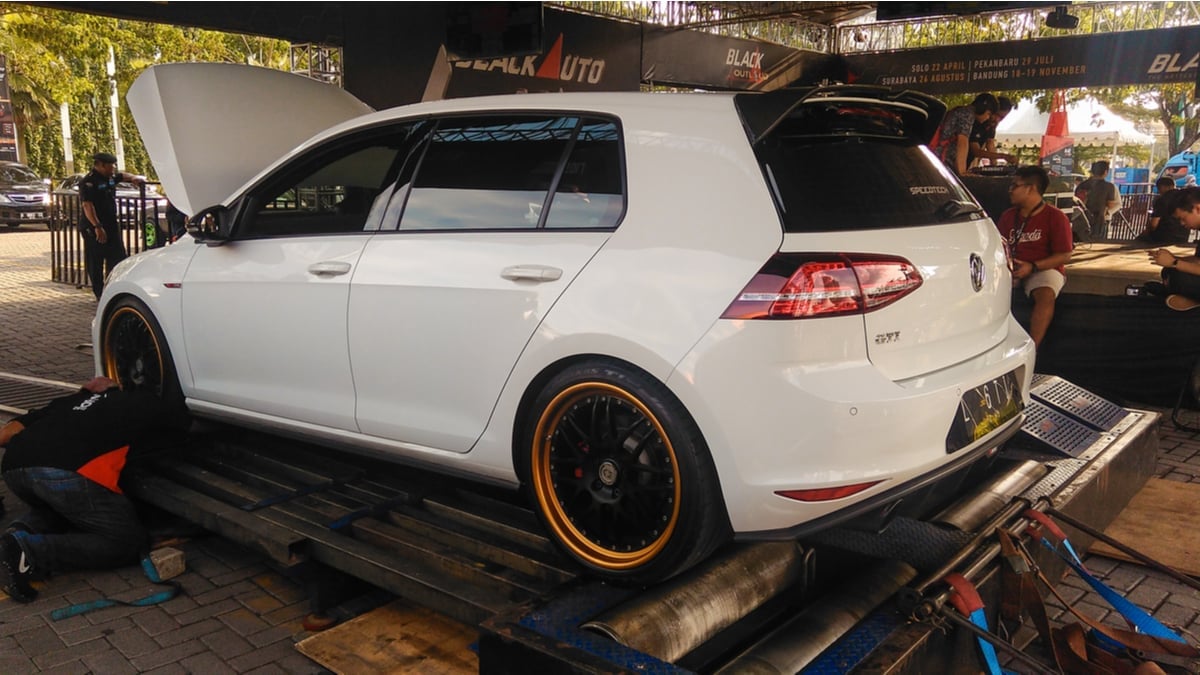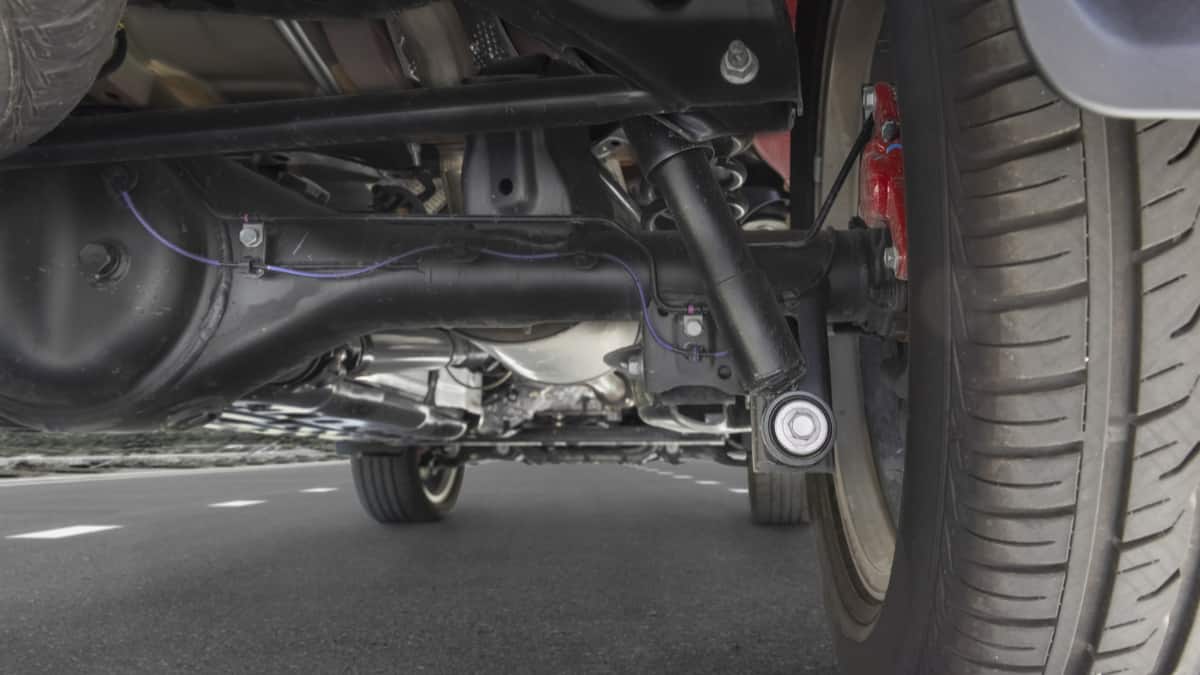Most of the states in America require some sort of car inspection to register the vehicle. It’s your responsibility to ensure the inspection is complete and paid for, or you won’t be able to renew your registration. How much does a car inspection cost?
In this guide, I break down the average cost. I also examine used car inspections and show you what systems should be looked at before you purchase a vehicle.
How Much Does a Car Inspection Cost?
You can spend anywhere from $7 to $70 to get your annual car inspection. The price depends on what state you live in and what’s required. If you want a used car inspection before buying a car, you should expect to pay $100 to $350, depending on what systems you want to be checked.
For the annual safety inspection, you can visit any shop that works with the state. However, when you want a used car inspection, you can ask any mechanic for help – even someone in your family or a friend.
Car Inspection Costs in Top States
1. California
In California, drivers must get a vehicle inspection every two years. As part of this inspection, you must also pass an emissions test. If you fail the emissions test, you won’t be able to get your registration renewal, and you could be fined.
On average, the safety inspection should cost between $25 and $75. The price varies depending on where you get the inspection done and what type of vehicle you have.
2. Texas
Unless you have a brand-new car, you are required to get a Texas safety inspection every year. In some counties, you are also required to have emissions testing.
For a 1-year safety inspection on most passenger vehicles, you will spend $7. Emissions testing can add another $11.50 to $22.50. Prices will also be different if you are inspecting a commercial vehicle or moped.
3. Florida
The fees for inspection in Florida are set by the establishment providing the service. For this reason, you’ll want to shop around.
Some auto shops perform inspections for free if you are already a customer. Otherwise, you can find some shops that charge $99 or more for a safety inspection.
4. Pennsylvania
This is another state that allows inspection fees to be determined by the provider. For this reason, you might spend as little as $25 for the inspection and $30 for emissions testing.
If you want to save money, I recommend shopping around for the best rate. Even if you have to drive a few minutes for the savings, it might be worth it.
5. New York
In New York, vehicles are expected to be inspected yearly and most also require emissions testing. Most light-duty vehicles cost $10 for inspection and $11 or $27 for emissions.
The prices will be different if you have a diesel vehicle. There are also different charges for larger vehicles and motorcycles.
States That Don’t Require Car Inspection
Car inspection isn’t required in every state. These seven states do not have laws requiring car inspections.
- Alaska
- Arkansas
- Iowa
- Minnesota
- Montana
- South Carolina
- South Dakota
In Mississippi and Michigan, car inspections are only required in special circumstances. As an example, if you rebuild a car that has a salvage title in Michigan, you will have to get it inspected for registration. Additionally, Mississippi requires that cars containing tinted windows get inspected.
Alaska and South Carolina used to require safety inspections, but have since turned away from them. Alaska repealed its state inspection law back in 2012. Additionally, South Carolina hasn’t reintroduced inspections, but that doesn’t mean that will always be the case.
What Is Included in a Car Safety Inspection?
Every state has its own list of what’s needed to pass a safety inspection. In some states, emissions are required to get a passing grade.
Aside from that, most states require that the exterior lighting be examined. Additionally, the shop will want to know that the horn works, as well as the seat belts. Some stations will fail a car because there are warning lights on the dashboard, so you might need to get repairs before you pass the inspection.
Expect the shop to take your car for a ride. They will want to see that the steering and suspension systems are working properly to ensure safety. Plus, it’s the best way to try out the brakes. If you have tinted windows, the shop will also measure the percentage of light that can pass through to ensure it complies with state laws.
How Long Does a Car Safety Inspection Take?
If you are getting your annual or bi-annual safety inspection, you want to know how long you should plan to be at the shop. In general, the inspection should take thirty minutes or less, but that’s not what tends to take up the most time.
When you arrive at the shop, you have to wait in line behind other customers. If the shop doesn’t allow for appointments, you might be better off dropping the car and coming back later to pick it up.
Additionally, the car inspection could take longer if the mechanic finds something wrong with the vehicle. If it’s going to stop you from getting a new inspection sticker, you might want to have it fixed right away.
What’s Needed for Car Inspection?
Before you head to your local shop for a car inspection, you want to ensure that you have appropriate documentation. You will need your driver’s license, plus the car registration.
It’s also important to take your insurance cards with you. Most locations will not accept photocopies of this paperwork, so be sure to bring the originals. Additionally, you want to have the fee ready to pay. In some cases, you might be charged a fee to use a credit card, so you could consider paying with a check or cash.
What Should Be Inspected Before Buying a Used Car
1. Steering/Suspension System
Before you purchase a used car, you want to be sure that the steering and suspension work as intended. Otherwise, you could have trouble controlling the vehicle on the road. The steering system is responsible for giving you control over which way the vehicle moves, while the suspension is needed to support the vehicle for a stable and smooth ride.
As part of a steering inspection, the mechanic looks at the bushings, U-joint, tie rod ends, idler arm and ball joints. They will also inspect the shocks, springs and struts to ensure everything is in optimal working order.
2. Exhaust
The car’s exhaust system is made up of many chambers and tubes designed to expel the exhaust gases created by the motor. The exhaust system is responsible for converting toxic gas from the engine into substances that are less harmful to the environment. It also helps to reduce the noise of the engine.
In a typical exhaust inspection, the catalytic converter, exhaust pipe, muffler and tailpipe will be examined. The mechanic should also inspect the oxygen sensors and exhaust manifold.
3. Brakes
The brake system is designed to slow down the tires and stop the vehicle to avoid collisions on the road. This safety system must be working properly to ensure your maximum protection.
With a proper brake system inspection, the technician will measure the brake pad or shoe thickness. They will also measure the brake rotor thickness or brake drum diameter. However, there’s much more to the brake system than those main parts. A comprehensive inspection also looks at the brake hoses, parking brake, hardware, wheel cylinders, ABS, and calipers. Additionally, the brake fluid level should be checked and topped off if needed.
4. Tires
The car tires are the only part of the vehicle making contact with the ground, making them that much more important. If the tires or wheels are in bad shape, your on-road safety is compromised. With a tire and wheel inspection, a mechanic does a thorough investigation and looks for any faults.
For starters, the tires are checked for punctures or foreign objects. The tire pressure is also looked at and adjusted as needed. The technicians examine the tread to determine if it is wearing evenly. If a tire rotation is needed, it will be done.
During an inspection, wheel alignment is looked at, because when the alignment is off, the tires will wear prematurely. If the TPMS Light is on and the pressures are good, a sensor might also need to be replaced.
5. Major Systems
Aside from those systems, there are other major components that should always be checked. A mechanic will get under the hood to examine the belt tensioner and valve cover gasket. Spark plugs, the timing belt and the battery should also be checked.
All of the fluids should be checked. You want the windshield washer fluid, transmission fluid, oil, coolant and power steering fluid topped off when it gets low.
Categories: Estimator, Maintenance
